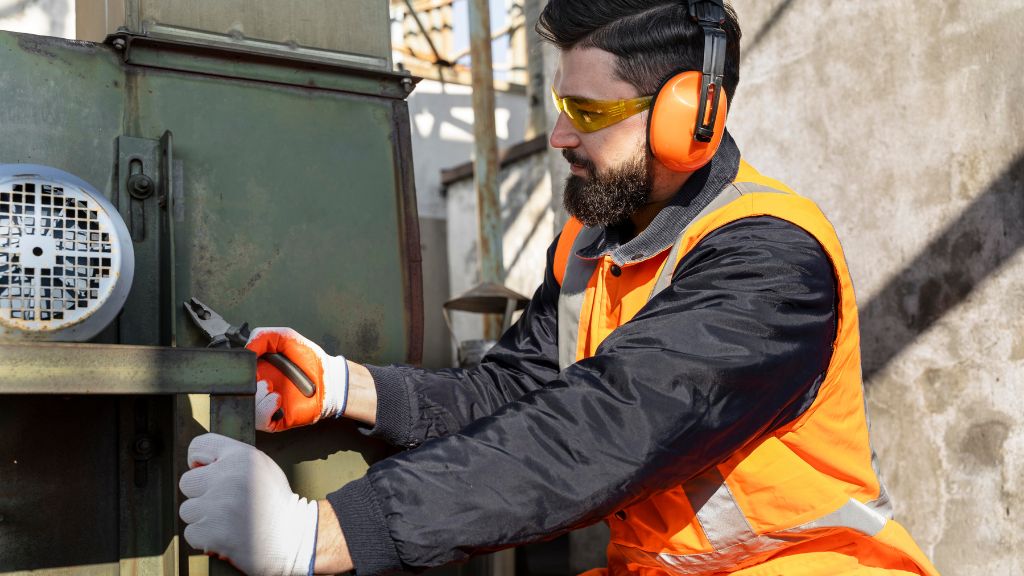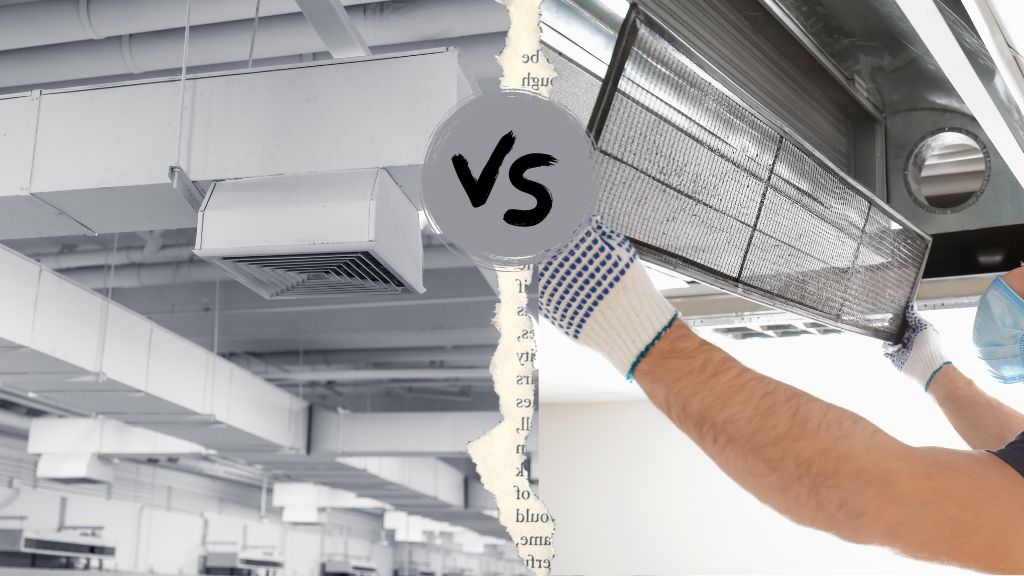Fire dampers play a crucial role in maintaining the safety of buildings by preventing the spread of fire through ductwork. Regular servicing of fire dampers is essential to ensure they function effectively in the event of a fire emergency. However, determining whether Fire Damper Servicing has been serviced properly and in compliance with legal requirements can be challenging.
In this guide, ACSEU Ltd will explore the key considerations to help you ascertain the adequacy of fire damper servicing. Above all, this is while highlighting the need to adhere to legal standards.
Understanding Fire Dampers
Fire dampers are passive fire protection components installed within ductwork systems to impede the passage of flames throughout the building. Located at duct intersections, fire dampers remain open during normal HVAC operations but automatically close upon detecting elevated temperatures. This swift action effectively compartmentalises the fire, thus preventing its spread through ventilation systems.
In addition to fire dampers, ACSEU Ltd offers specialised services for smoke dampers. These specifically function in tandem with fire dampers to mitigate the spread of smoke throughout a building. Our fire and smoke damper service encompass thorough testing, and maintenance, aimed at fortifying protection measures within HVAC systems.
Neglecting fire damper servicing poses significant risks to building occupants and property. This is because malfunctioning dampers can compromise the effectiveness of passive fire protection measures. ACSEU Ltd’s proactive approach to fire damper maintenance mitigates these risks, so it pre-empties potential failures and liabilities.
Why is Fire Damper Servicing needed?
In the realm of fire safety, compliance with regulations is paramount. ACSEU Ltd must adhere to British Standard 9999:2017, which mandates annual testing of fire dampers by competent professionals.
Additionally, facilities with heightened risk profiles, such as hospitals, require more frequent testing. BESA Testing Guidance (VH001) offers detailed instructions for compliance, for instance, documentation standards and testing procedures.
By investing in regular servicing and inspection, building owners and facility managers demonstrate their commitment to safety and resilience. As a result, this fosters trust and confidence among stakeholders.
Inspecting and Testing
Fire damper servicing involves a comprehensive inspection, testing, and maintenance process. This is to verify that dampers are in optimal condition and capable of performing their intended function. An examination of all components, including blades, frames, actuators, and seals, to check for signs of damage or obstruction.
Testing the operation of fire dampers to ensure they open and close properly in response to fire alarm signals. Ensuring that there is adequate clearance around the damper to allow unimpeded movement during operation. Maintaining detailed records of inspection dates, test results, and any corrective actions taken during servicing.
Determining Proper Fire Damper Servicing
To ascertain whether fire dampers have been serviced properly and legally, consider the following steps. Firstly, ensure that the servicing company adheres to relevant standards and regulations governing fire damper maintenance. This is such as NFPA 80 (Standard for Fire Doors and Other Opening Protectives) and NFPA 105 (Standard for Smoke Door Assemblies and Other Opening Protectives).
Examine service reports provided by the servicing company to confirm that all required inspections, tests, and maintenance procedures have been performed according to industry best practices. Look for certifications or accreditations held by the servicing company. This is such as those from organisations like the National Fire Protection Association (NFPA) or the International Firestop Council (IFC).
Request access to documentation, including inspection records, test logs, and maintenance reports. This is in order to ensure thorough documentation of the servicing process. Verify that technicians performing the servicing are adequately trained, certified, and experienced in fire damper inspection and maintenance.
Legal Compliance
Ensuring legal compliance in fire damper servicing is critical to avoid potential liabilities and penalties. To comply with regulations:
Adhere to manufacturer guidelines for servicing intervals and procedures. In addition to recommended parts to maintain warranty coverage and compliance with regulatory requirements. Stay updated on changes to relevant codes, standards, and regulations governing fire damper maintenance to ensure ongoing compliance.
Work with reputable and certified service providers with a track record of compliance with legal requirements and industry standards. Maintain comprehensive records of all fire damper servicing activities, for instance dates, procedures performed, and compliance with regulatory requirements.
Fire Damper Servicing at ACSEU Ltd
Ensuring that fire dampers are serviced properly and legally is essential for safeguarding the occupants and assets of a building against the risk of fire and smoke spread. By following the steps outlined and partnering with qualified professionals, you can maintain compliance with legal requirements. As a result, ACSEU Ltd will enhance the safety and resilience of your building’s fire protection systems.
Remember, proactive maintenance and adherence to regulations are key to minimising risks and maximising safety in any built environment. So, contact ACSEU Ltd to get your fire damper system in place as soon as possible.

 Unit Q, Dodd Lane, Dodd Lane Industrial Estate, Chorley Rd, Westhoughton, BL5 3NA
Unit Q, Dodd Lane, Dodd Lane Industrial Estate, Chorley Rd, Westhoughton, BL5 3NA 




